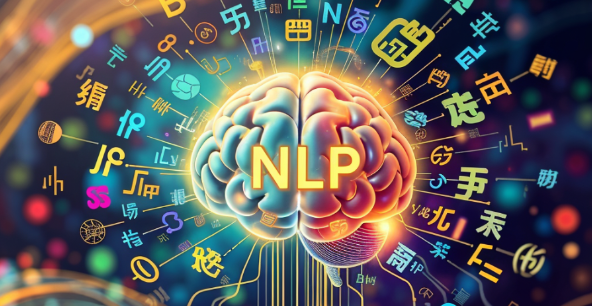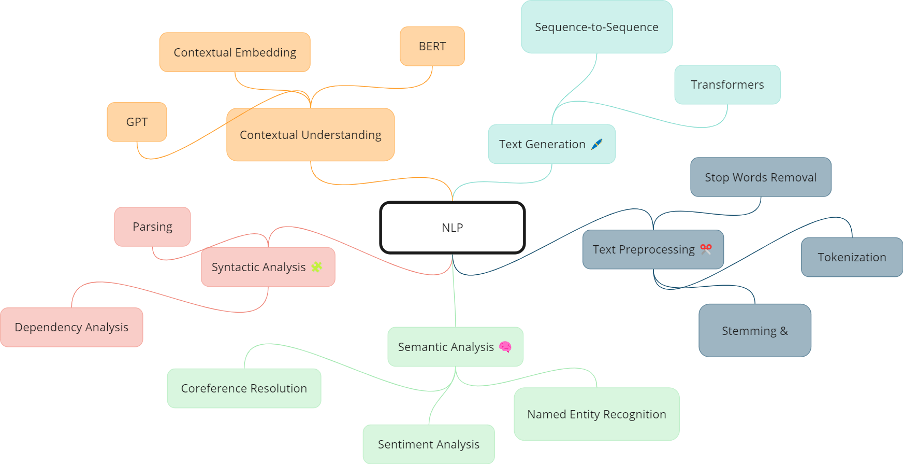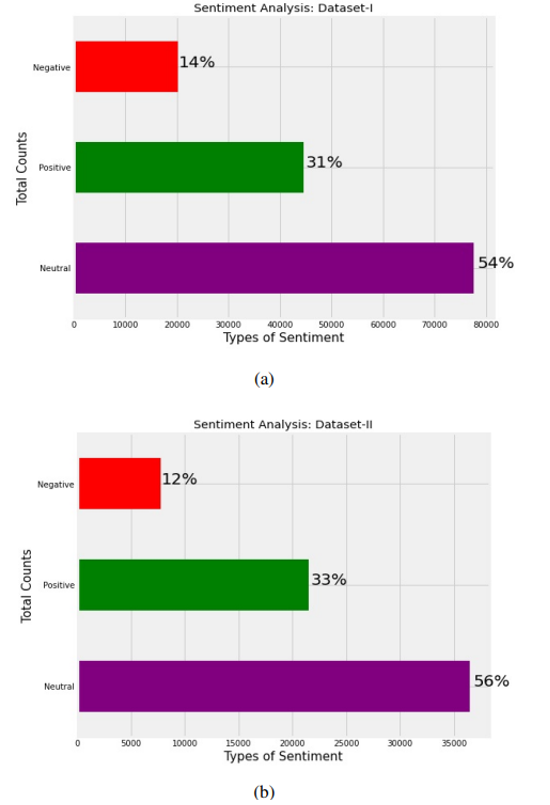How does Natural Language Processing (NLP) interact between people and technology?

In the realm of Artificial Intelligence (AI), Natural Language Processing (NLP) is changing the way that people engage with machines by allowing them to interact with machines in human language, effectively and meaningfully. This transformation is reshaping how humans communicate with computers and enhancing the efficiency and ease of interaction, on different platforms.
The Basics of Natural Language Processing (NLP); Moving from Data to Conversation
Natural Language Processing falls under the realm of intelligence with a focus, on empowering computers to understand and interact with human language effectively encompassing various essential procedures.
- Before analysing text data for AI detection purposes it is essential to preprocess the data by performing tasks, like tokenization and removing stop words.
- Studying sentence structure syntax involves analysing the grammar of sentences.
- Analysing content semantically involves grasping the essence of text which encompasses tasks such as identifying named entities (NER) and assessing sentiments, within the text.
- Grasping the meaning of words in their context by employing tools such as BERT and GPT to understand the picture.
- Generating text that mimics responses is essential for various applications such as chatbots to enhance user experiences and interactions.

Transforming Data into Dialogue
NLP systems interpret user input, analyse context, and generate appropriate responses. This process involves:
- Data Collection and Input Interpretation: Raw data is processed, and the system interprets the user's intent.
- Contextual Analysis: Deep learning models help understand nuances and context.
- Response Generation: The system generates a natural, relevant response.
- Continuous Learning: NLP systems improve over time, learning from interactions.
- This transformation is fundamental to creating natural, engaging human-computer interactions.
Applications of Natural Language Processing (NLP) that Improve Communication Between Humans and Computers
1. Chatbots and Virtual Assistants
Chatbots like Siri and virtual assistants such as Alexa and Google Assistant rely heavily on Natural Language Processing (NLP) to quickly understand and respond to user queries in order to improve user experience significantly.
- Customer service agents utilise chatbots that leverage natural language processing to efficiently help customers with their queries improving satisfaction levels and operational effectiveness.
- Digital assistants, also referred to as helpers effectively handle tasks by organizing information and controlling smart devices through simple language instructions, in daily usage.
2. Sentiment Analysis in Social Media Monitoring
In the realm of sentiment analysis on media platforms stands NLP significance where it aids businesses in assessing public sentiment by scrutinising the language present, in various posts and comments.
- Monitoring sentiment is crucial for companies to effectively manage their brand reputation.
- Market analysis using natural language processing to understand sentiments shapes decisions related to products and marketing initiatives.
For example, the paper titled "Heterogenous ensemble learning framework for sentiment analysis on COVID-19 Tweets" authored by Rubul Kumar Bania (1) introduces an innovative ensemble learning framework for categorising sentiments in tweets concerning the COVID‐19 crisis. The study examined tweets gathered during two timeframes. From July to August 2020 (Dataset I) and from May to June 2021 (Dataset II) with the outcomes depicted in a figure (1).
It was noted in the study that tweets about the COVID19 crisis displayed a sense of positivity in 2021 than in 2020; this was evident through more positive tweets and a decline in negative attitudes, in 2021. The review also pointed out that there were neutral feelings expressed in the 2021 data set; frequently used terms captured a mix of negative (e.g., "pandemic," "isolate," "crisis") and positive (e.g., "recovery," "vaccine," "support") emotions, within the tweets.

3. Language Translation and Localization
Language translation tools such as Google Translate harness the capabilities of NLP to facilitate communication by effectively translating and adapting content to local contexts.
- Breaking Down Language Barriers. Natural Language Processing (NLP) facilitates communication, among speakers of various languages.
- Localization is important to make sure that translations are suitable for cultural settings.
4. Voice Recognition and Command Execution
Voice recognition systems powered by NLP support voice operated assistants and transcription services in comprehending and carrying out instructions.
- Voice controlled gadgets allow users to engage with technology using their speech.
- Transcription services accurately convert language into text with precision.
The Future of NLP: Advancing Human-Computer Communication
The future of Natural Language Processing (NLP) looks bright with advancements expected to enhance human computer interactions in the coming years significantly. There are hopes that the continuous development of NLP models will drive innovation across various fields resulting in more seamless and authentic interactions with technology. Anticipated improvements in NLP are set to pave the way for intuitive chatbots, enhanced translation tools and advanced voice recognition systems that will play a significant role, in shaping the digital landscape.

Conclusion
The evolution of technology is changing how we interact with it through natural language processing that turns data into conversations we can easily comprehend when engaging online with tools, like chatbots and voice recognition systems designed to make interactions more lifelike and interesting.
Bania, R.K., 2021. Heterogenous ensemble learning framework for sentiment analysis on COVID- 19 Tweets. INFOCOMP Journal of Computer Science, 20(2).
